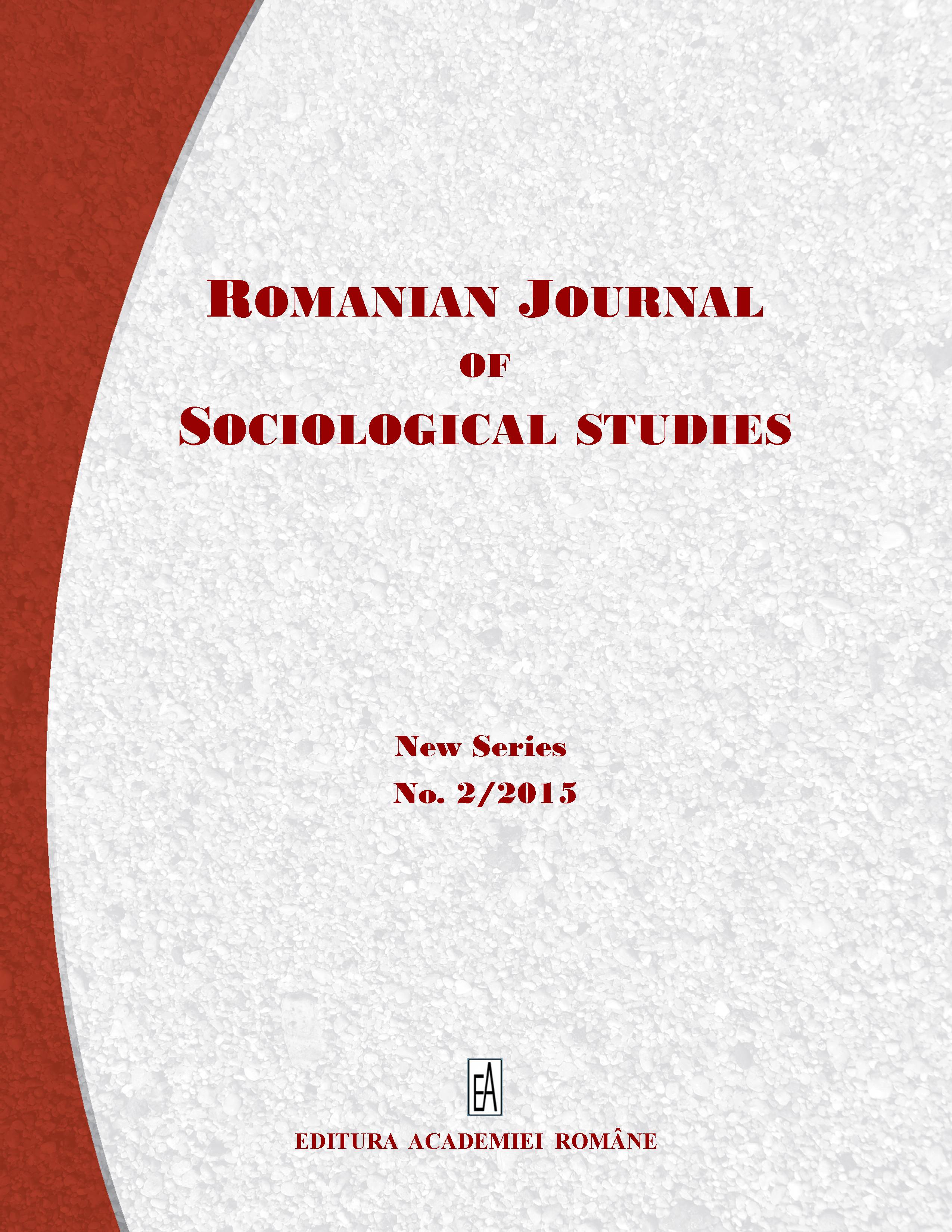ARE STUDENTS REALLY INCORPORATING SOCIAL NETWORKING SITES IN THEIR LEARNING?
ARE STUDENTS REALLY INCORPORATING SOCIAL NETWORKING SITES IN THEIR LEARNING?
Author(s): Diego Oswaldo Camacho VegaSubject(s): Social Sciences, Education, Communication studies, Sociology
Published by: Editura Academiei Române
Keywords: Social Networking Sites; Collaborative learning; CSCL;
Summary/Abstract: The objective of this study was to determine if business administration students at the Autonomous University of Baja California in Mexico are using social networking sites for collaborative learning among students and between teachers and students. Participants included a random sample of 67 students between the ages 18 and 30. They were volunteers invited on line. A close-ended survey of 40 items was conducted. The survey was based on Khedo and collaborators’ survey for measuring collaborative learning through online social networking. For considering demographic information and main uses of the social networking sites, some items from the World Internet Project were adapted. It is worth mentioning that the surveyconsidered the collaborative learning theory in its construction.The results show that business administration students spend much time using social networking sites, mostly Facebook (75%) followed by YouTube (9.38%). They are using social networking sites for communicating with friends (37.50%) and communicating at school (28.13%). This communication seems to be helpful for creating team work (97%), to discuss class activities (68%) and exams (47%).Students considered that social networking sites provide tools for communicating (75%) and sharing photos, files or links with educational content (75%). Half of the students agreed that social networking sites have allowed be in contact with their teachers. This contact among teachers and students has basically been oriented to manage homework and assignments (45%).In conclusion this study suggests that business administration students at the Autonomous University of Baja California seem using social networking sites, and social media for a collaborative learning. However, teachers are using these social networking sites only for evaluation purposes and this does not permit academic feedback between students and teachers.
Journal: Romanian Journal of Sociological Studies
- Issue Year: 2015
- Issue No: 2
- Page Range: 177-189
- Page Count: 14
- Language: English

